Images
All images are licensed under CC BY 4.0.
Please credit: “Douglas Blackiston and Sam Kriegman”.
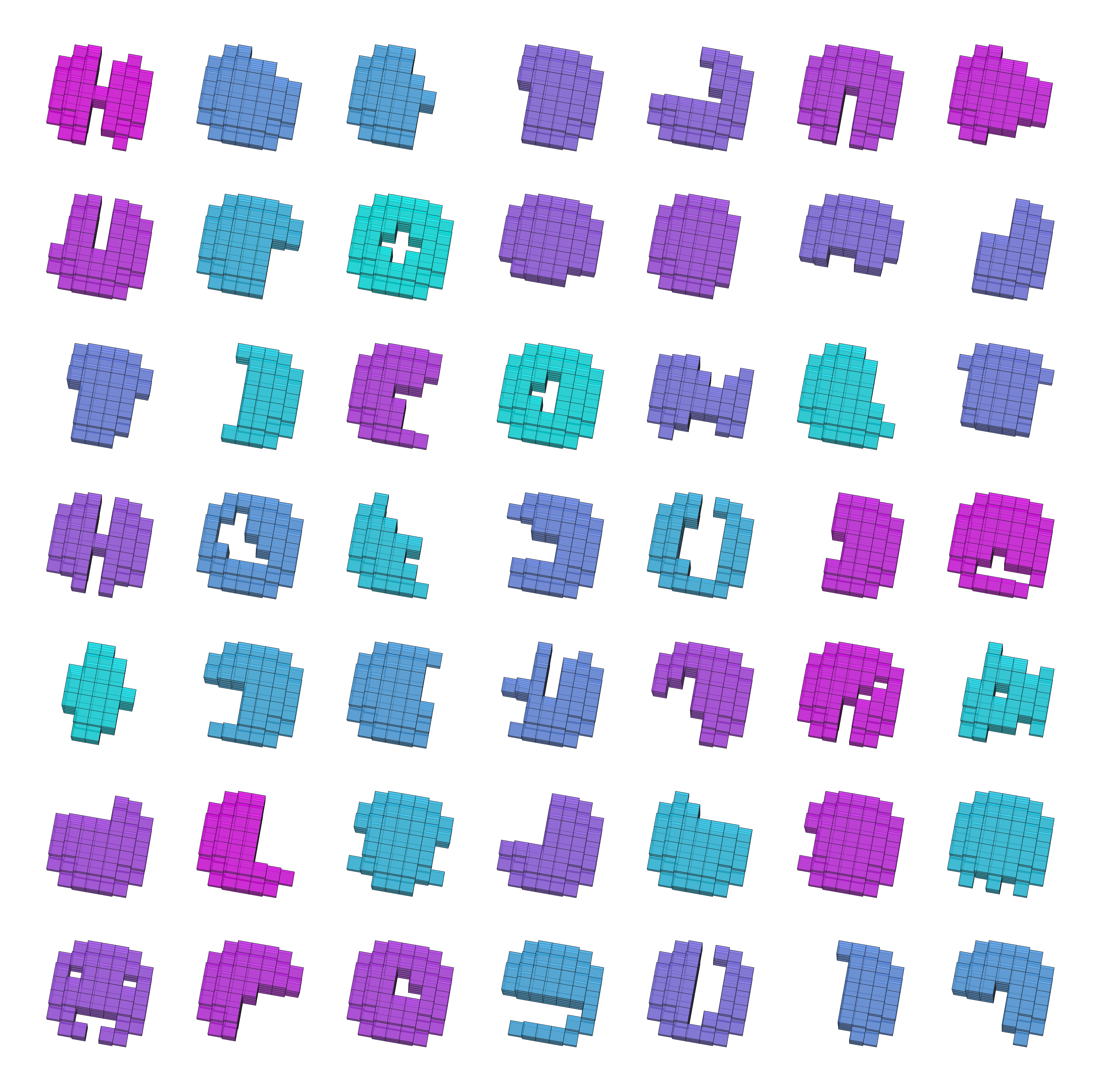
Forty-nine AI-generated parent shapes that replicate more often than the default spherical shape.
download vector graphics: pdf | svg
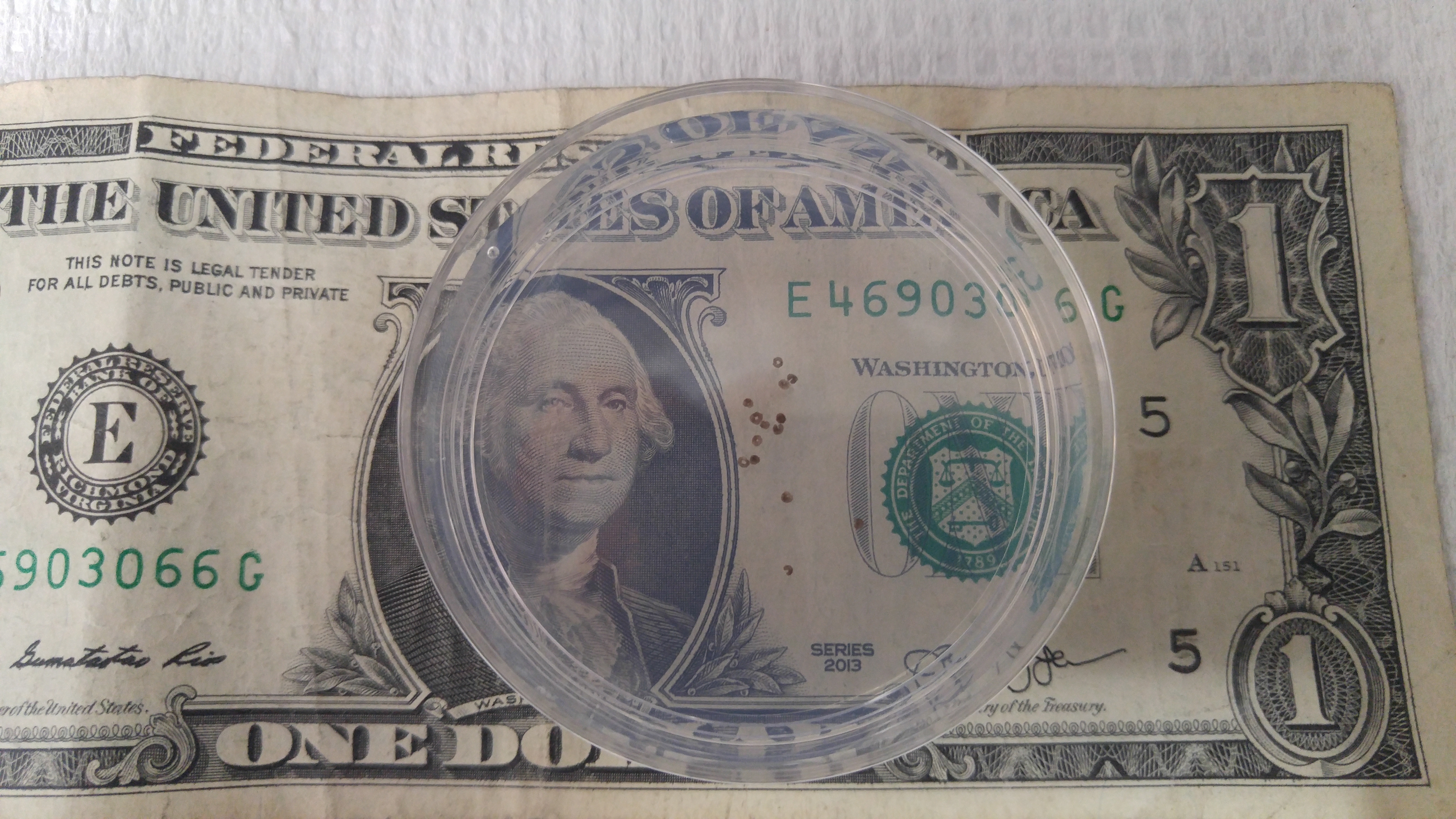
A group of AI-designed organisms in a petri dish over a dollar bill for scale.
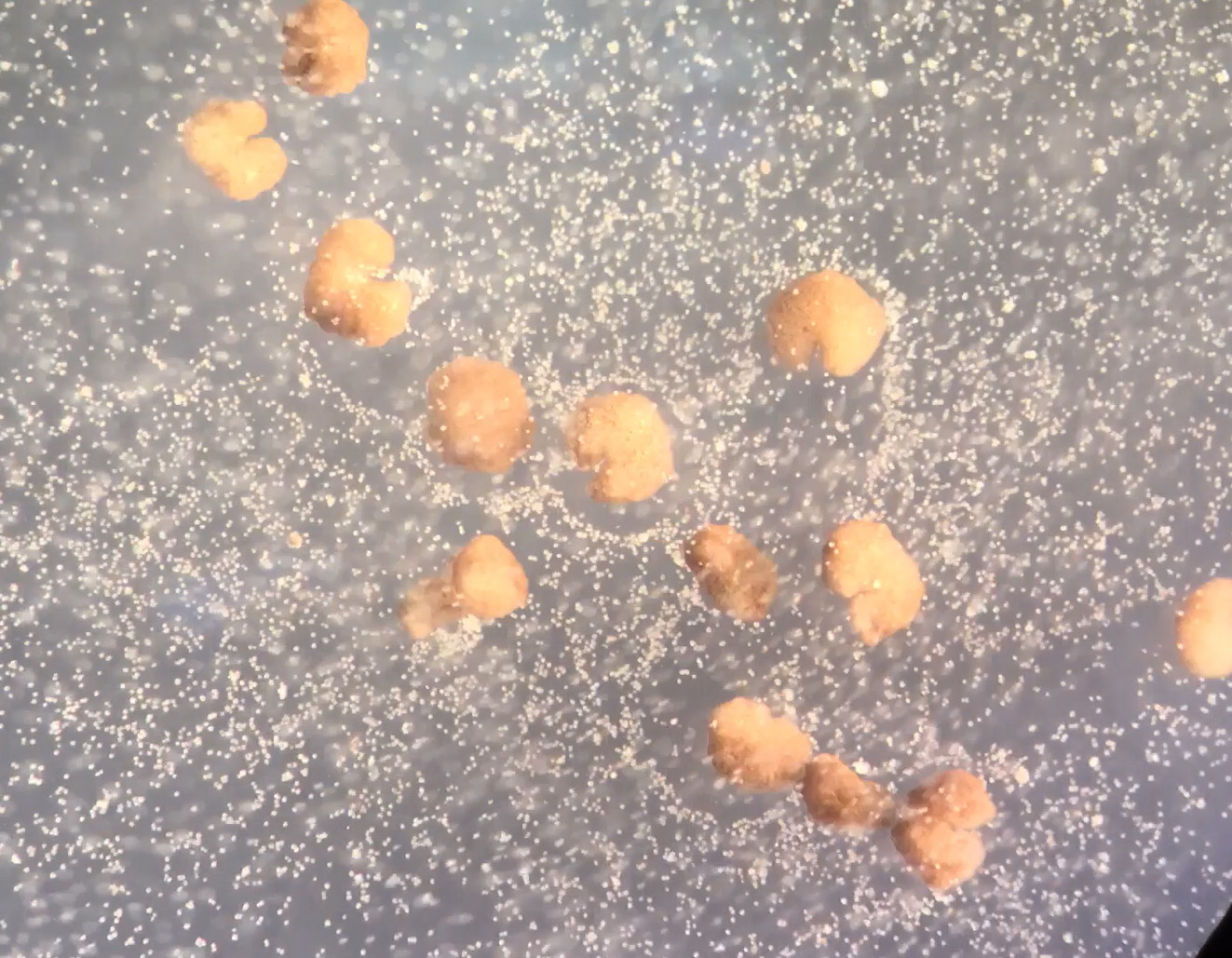
A dozen AI-designed organisms (C-shaped; beige) beside loose stem cells (white).
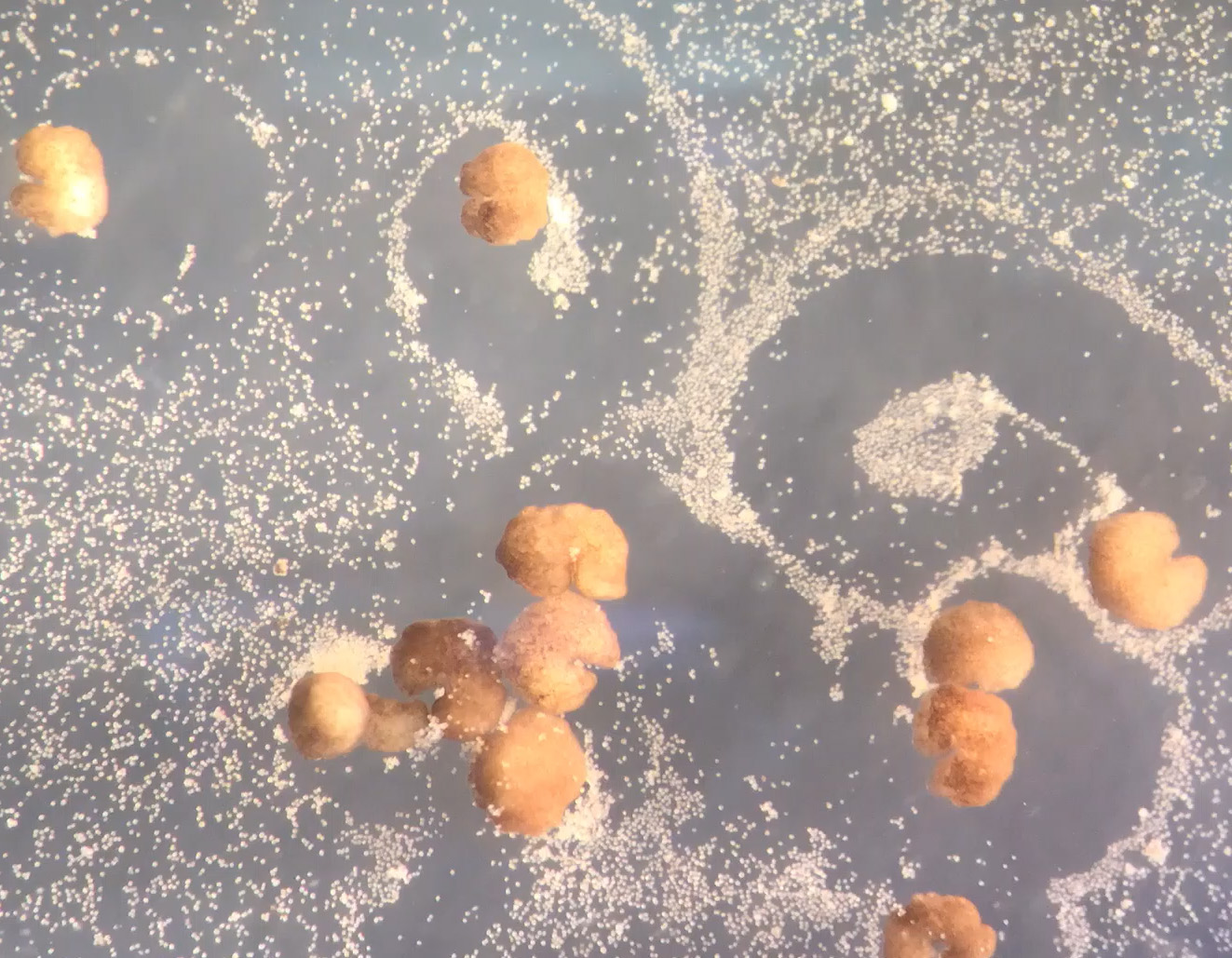
AI-designed organisms (C-shaped; beige) push loose stem cells (white) into piles as they move through their environment.
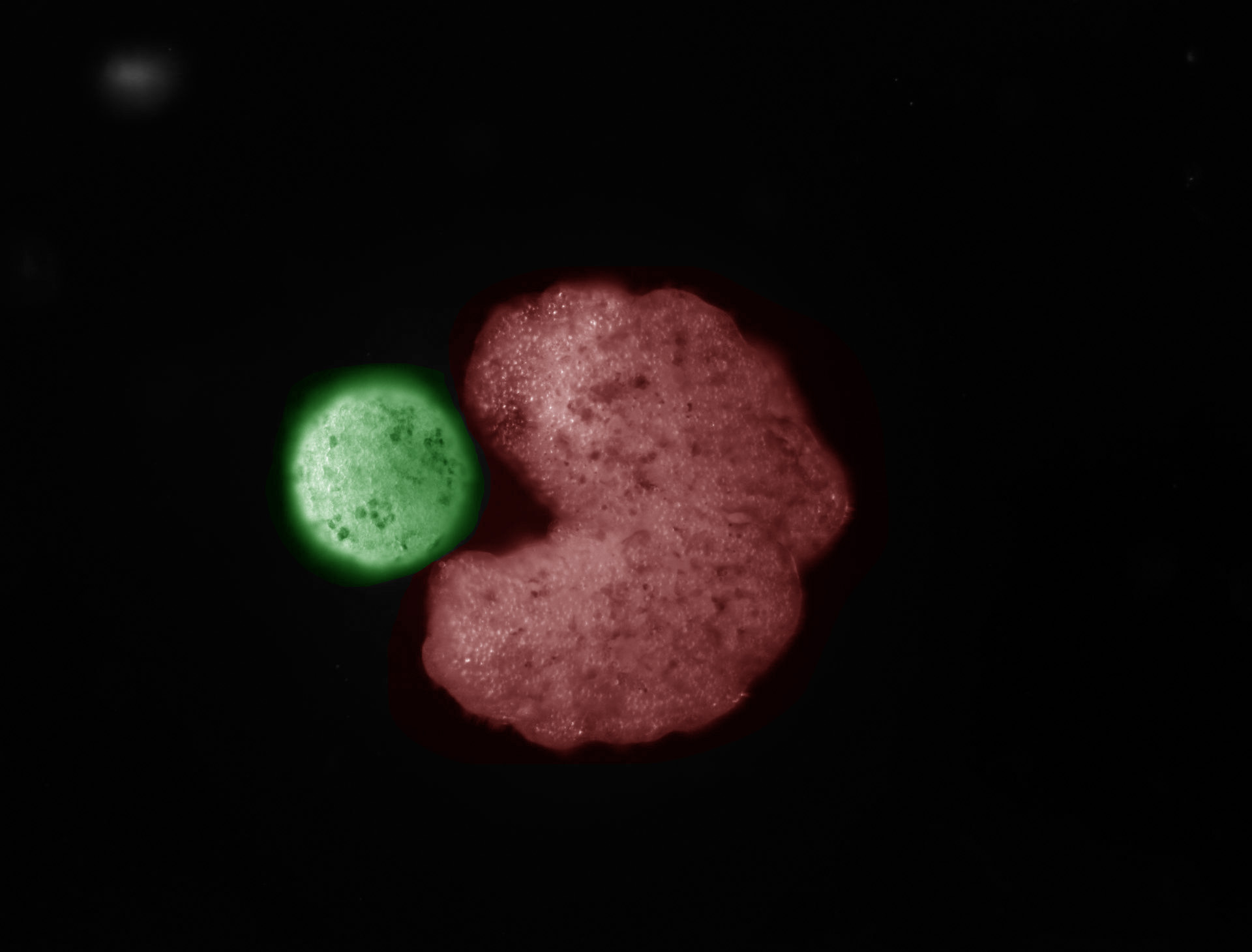
An AI-designed parent organism (C shape; red) beside stem cells that have been compressed into a ball (incipient offspring; green).
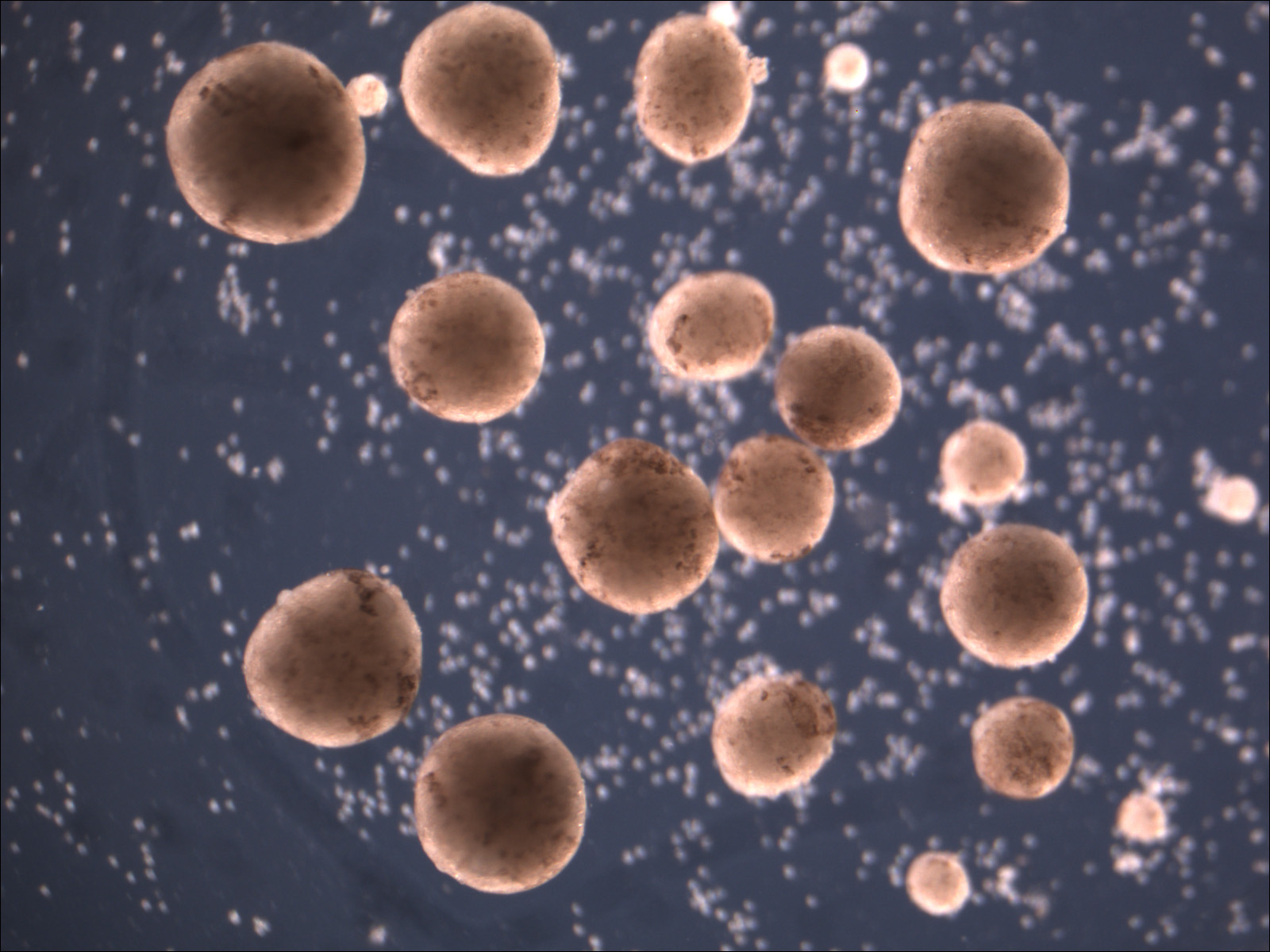
Close up view of offspring: stem cells compacted into spheres by AI-designed parents.
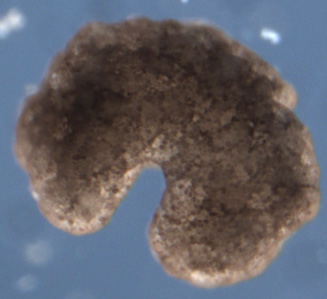
A C-shaped parent built according to an AI-generated blueprint.
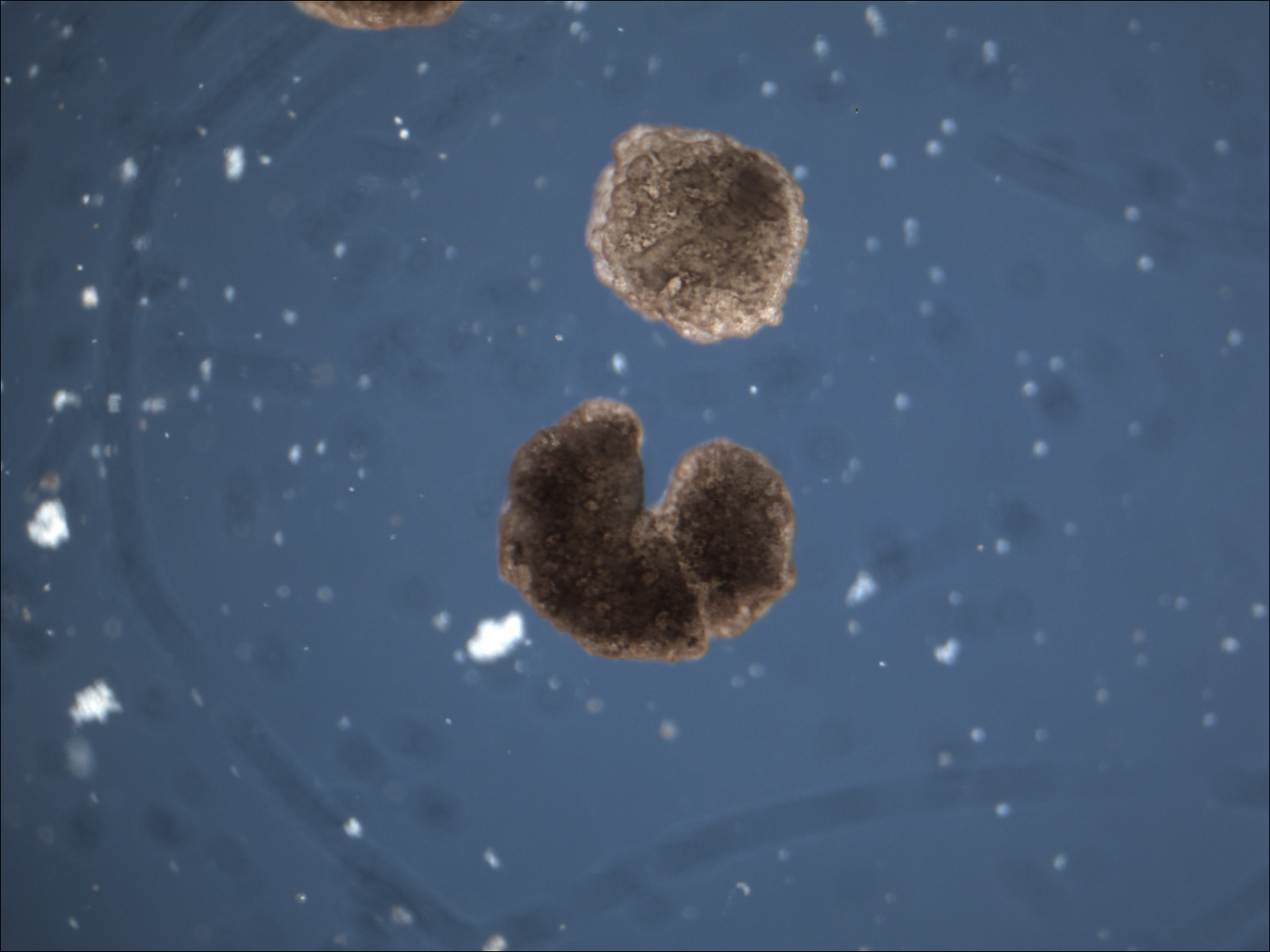
An AI-designed parent (C shape) next to the default spherical shape.
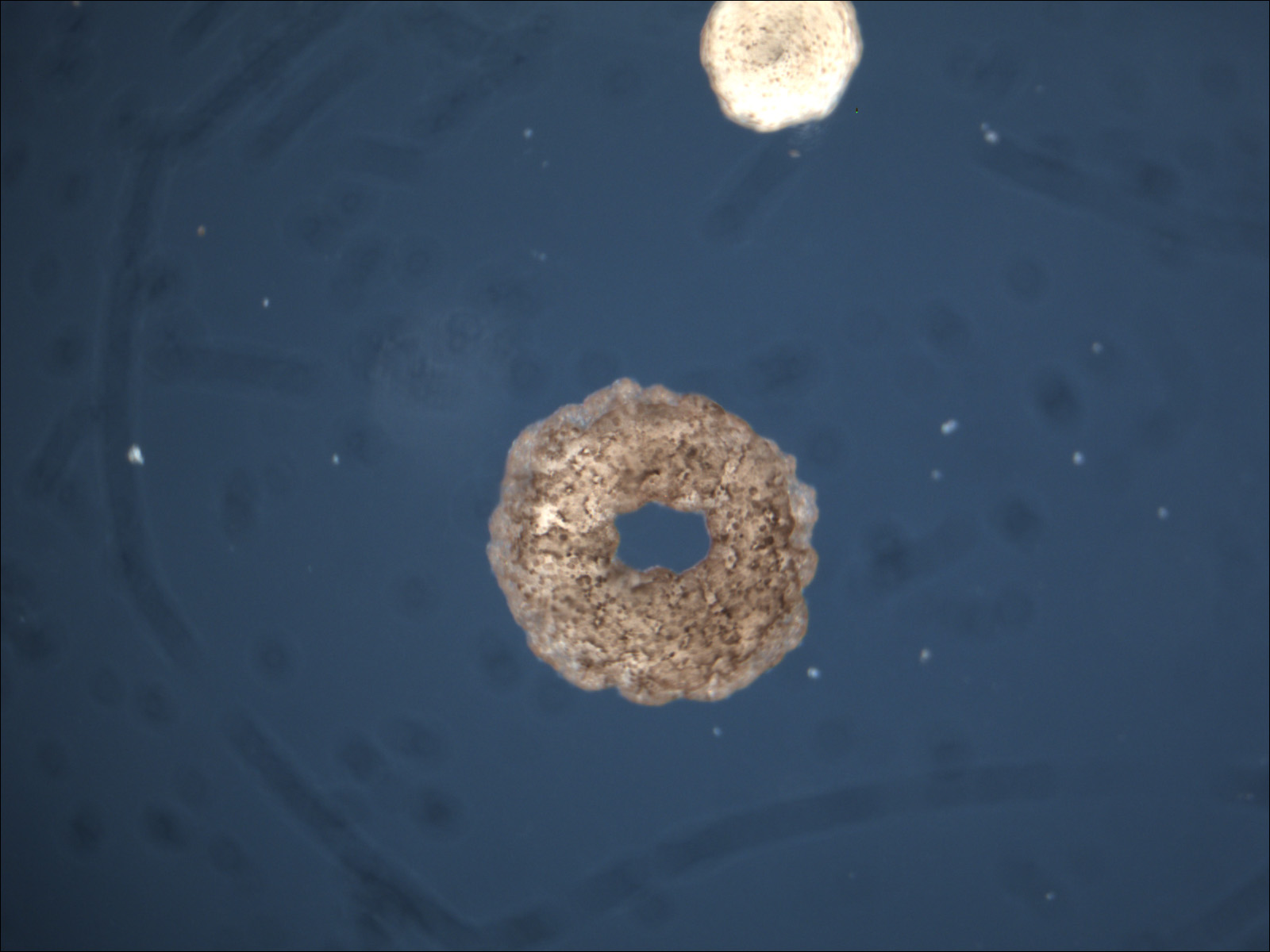
A ring shaped parent, built according to an AI-generated blueprint.
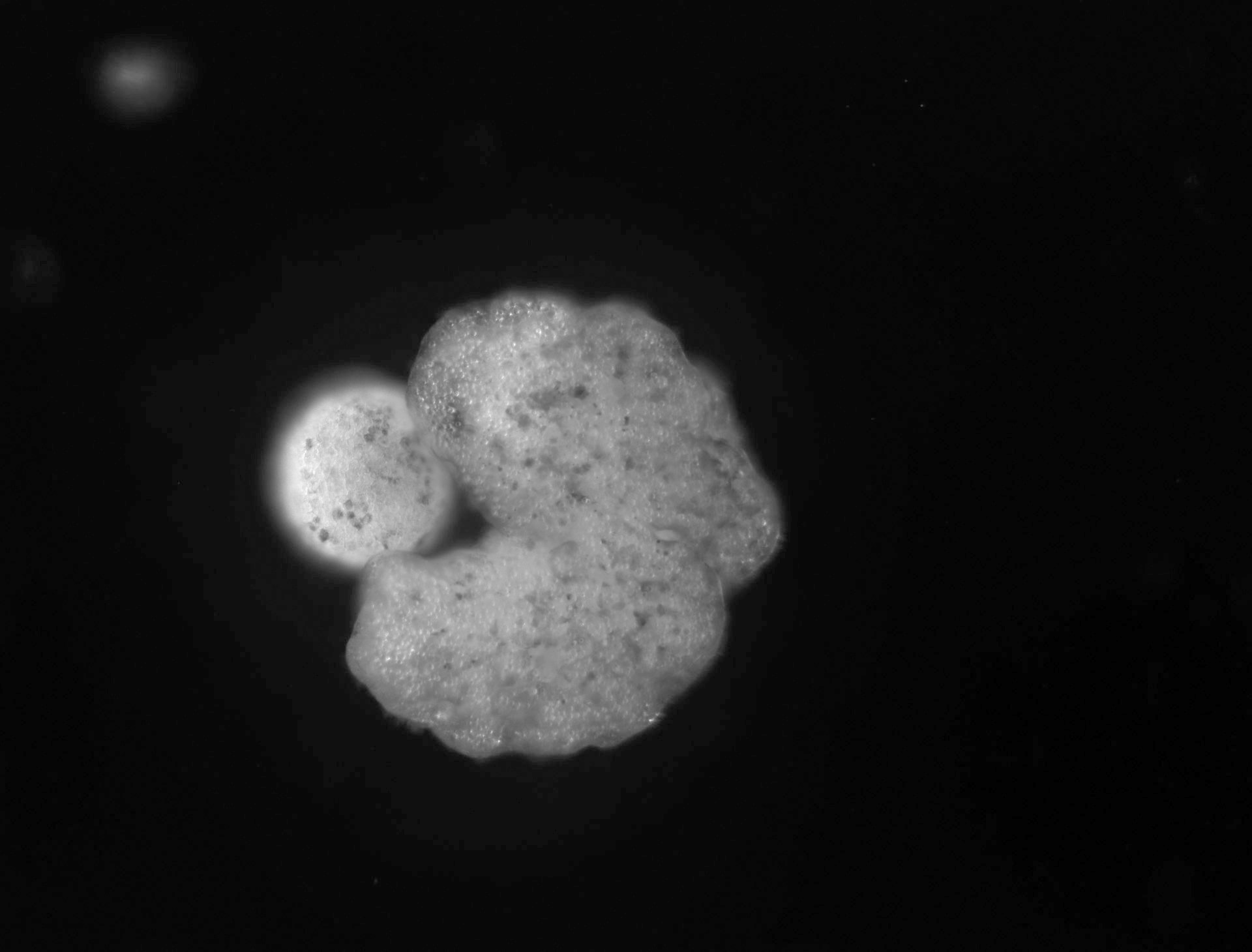
An AI-designed parent (C shape) beside incipient offspring: stem cells that have been compressed into a ball.
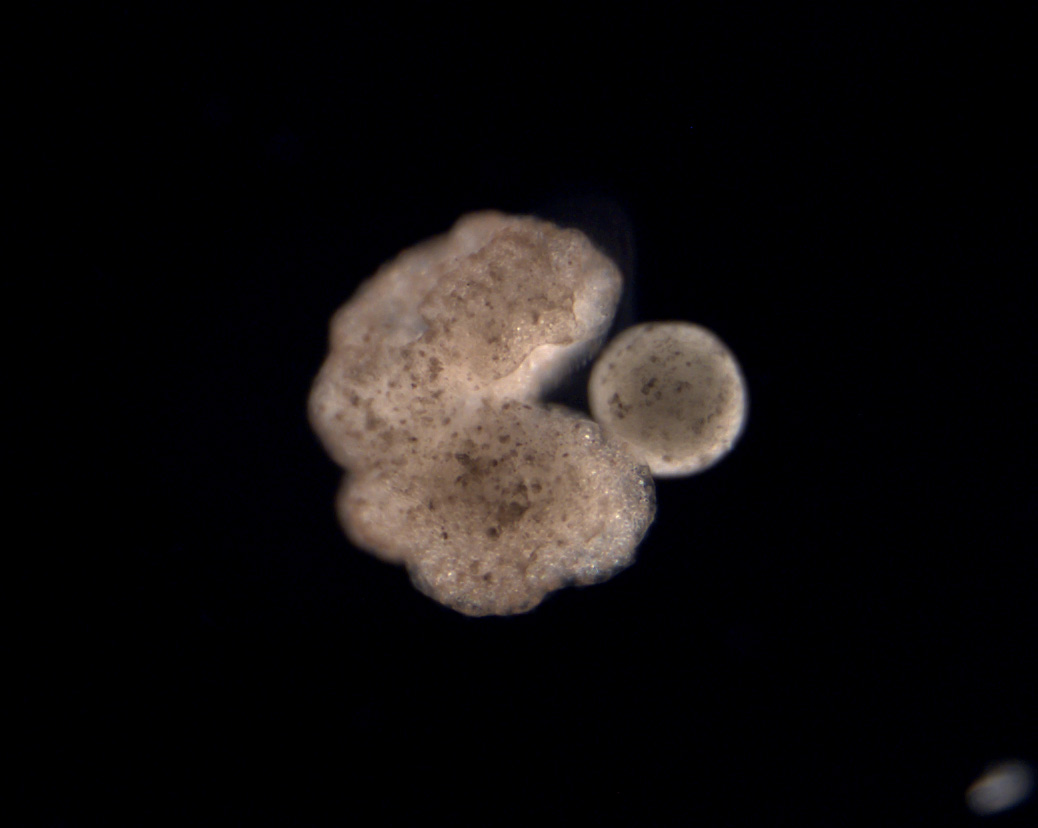
An AI-designed parent (C shape) beside incipient offspring: stem cells that have been compressed into a ball.
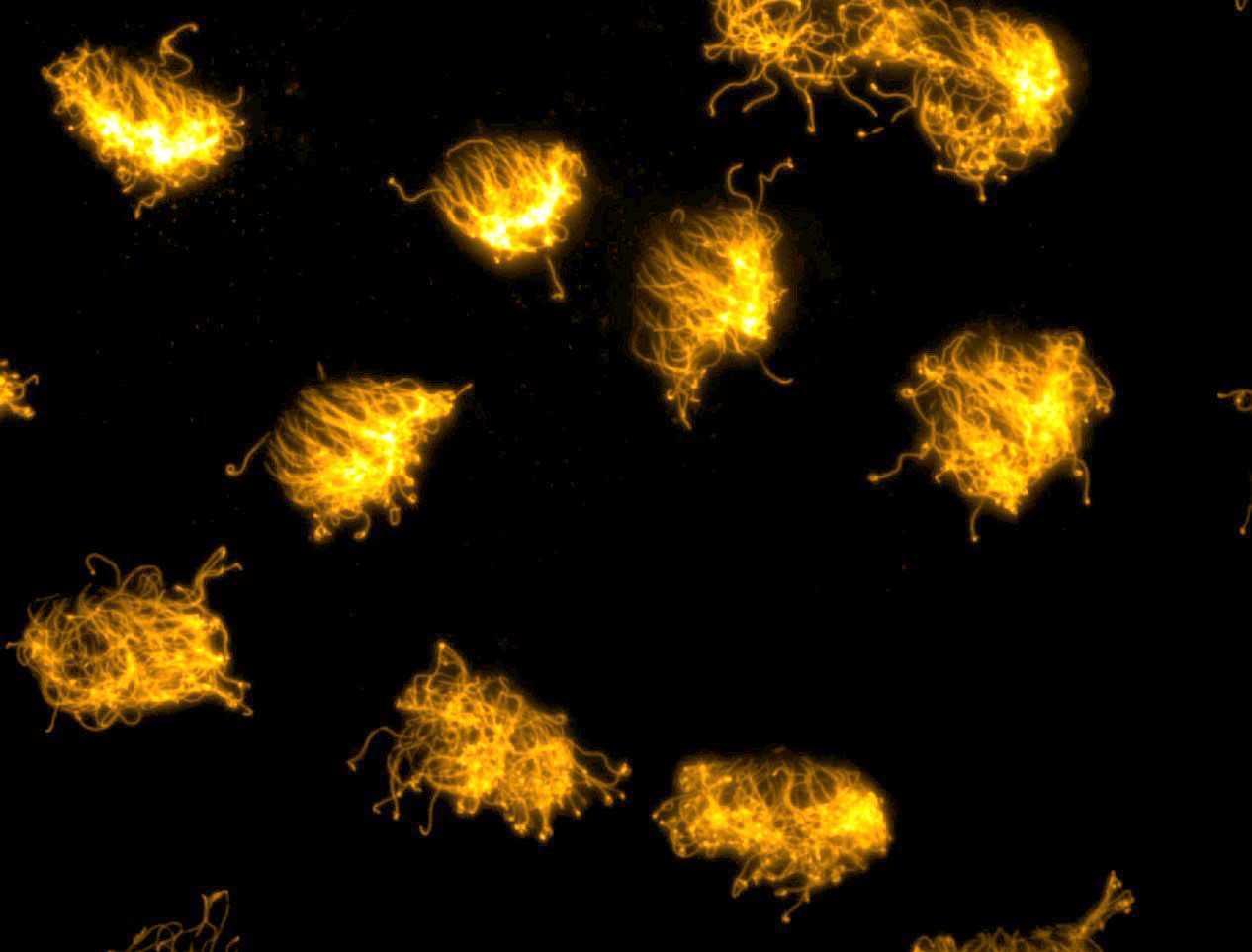
KROs swim using cilia: small hair-like structures that cover their surface.

KROs swim using cilia: small hair-like structures that cover their surface.
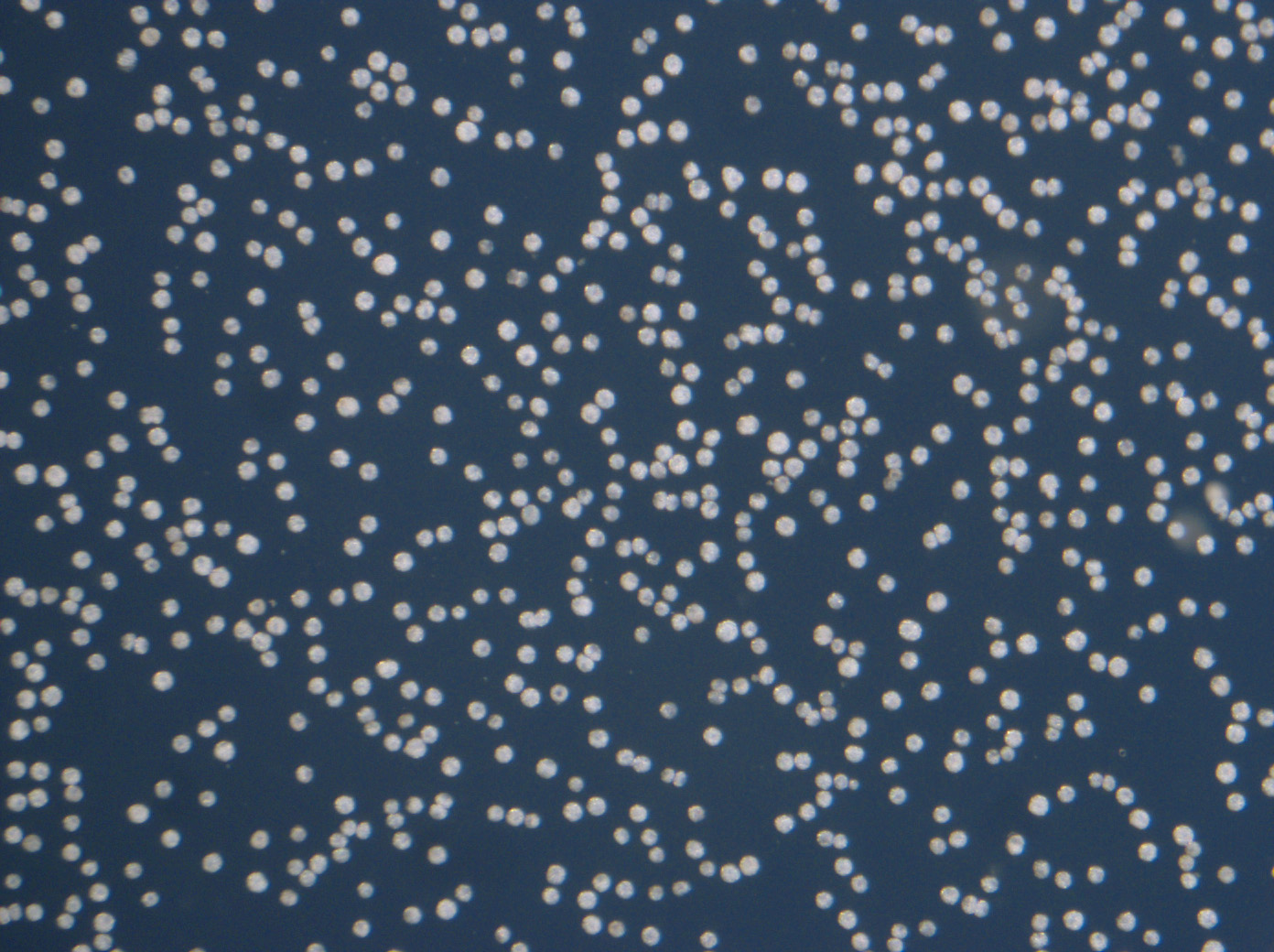
Loose stem cells used in the construction of second generation KROs.
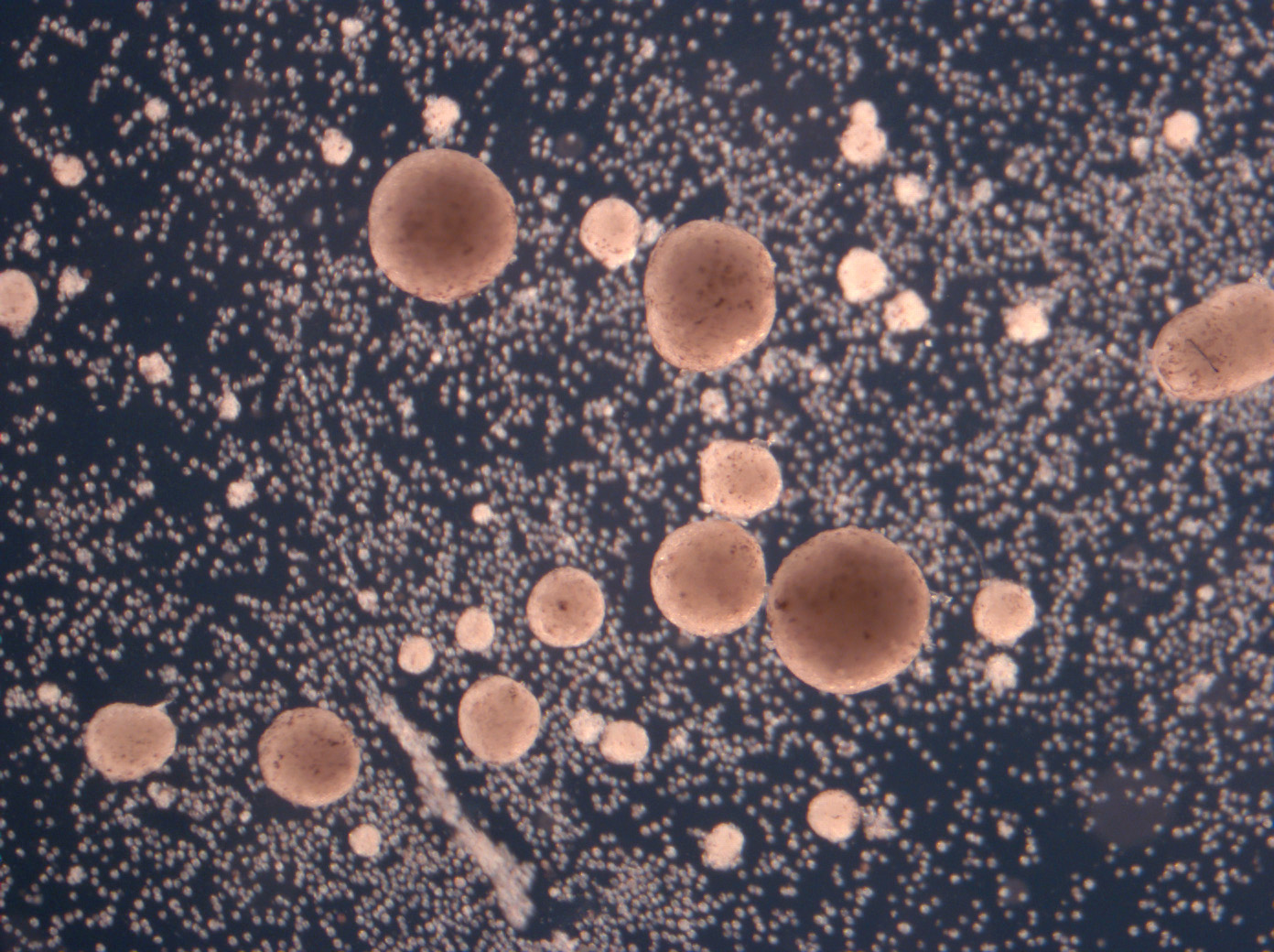
Close up view of offspring: stem cells compacted into spheres by AI-designed parents.
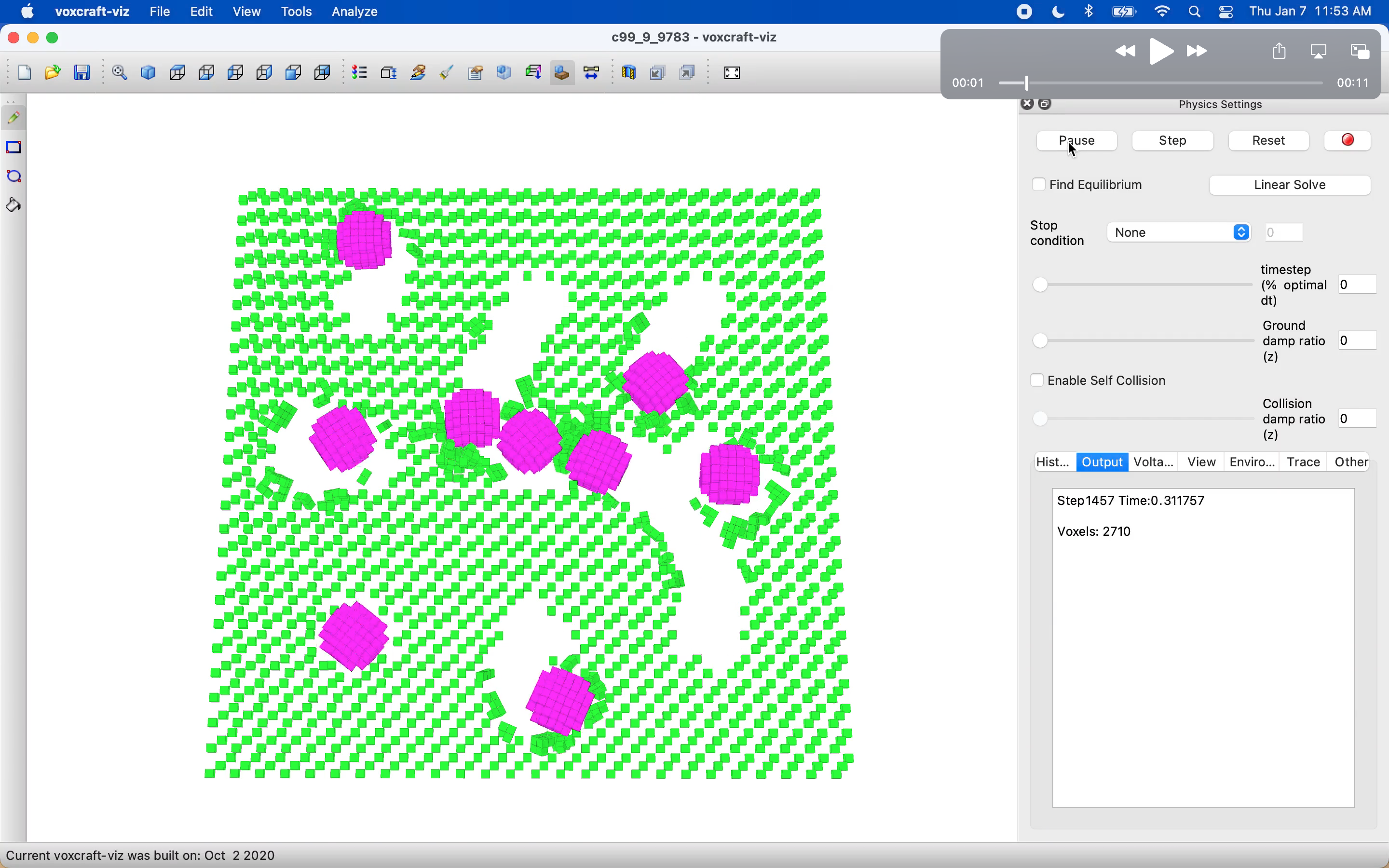
A swarm of nine simulated frog-cell parents (pink) build piles out of simulated adhesive frog stem cells (green) that are strewn across the bottom of a simulated petri dish. The default body shape of parents (and their children) is a sphere: this is what the stem cells “want” to make (due to surface tension) when brought together.
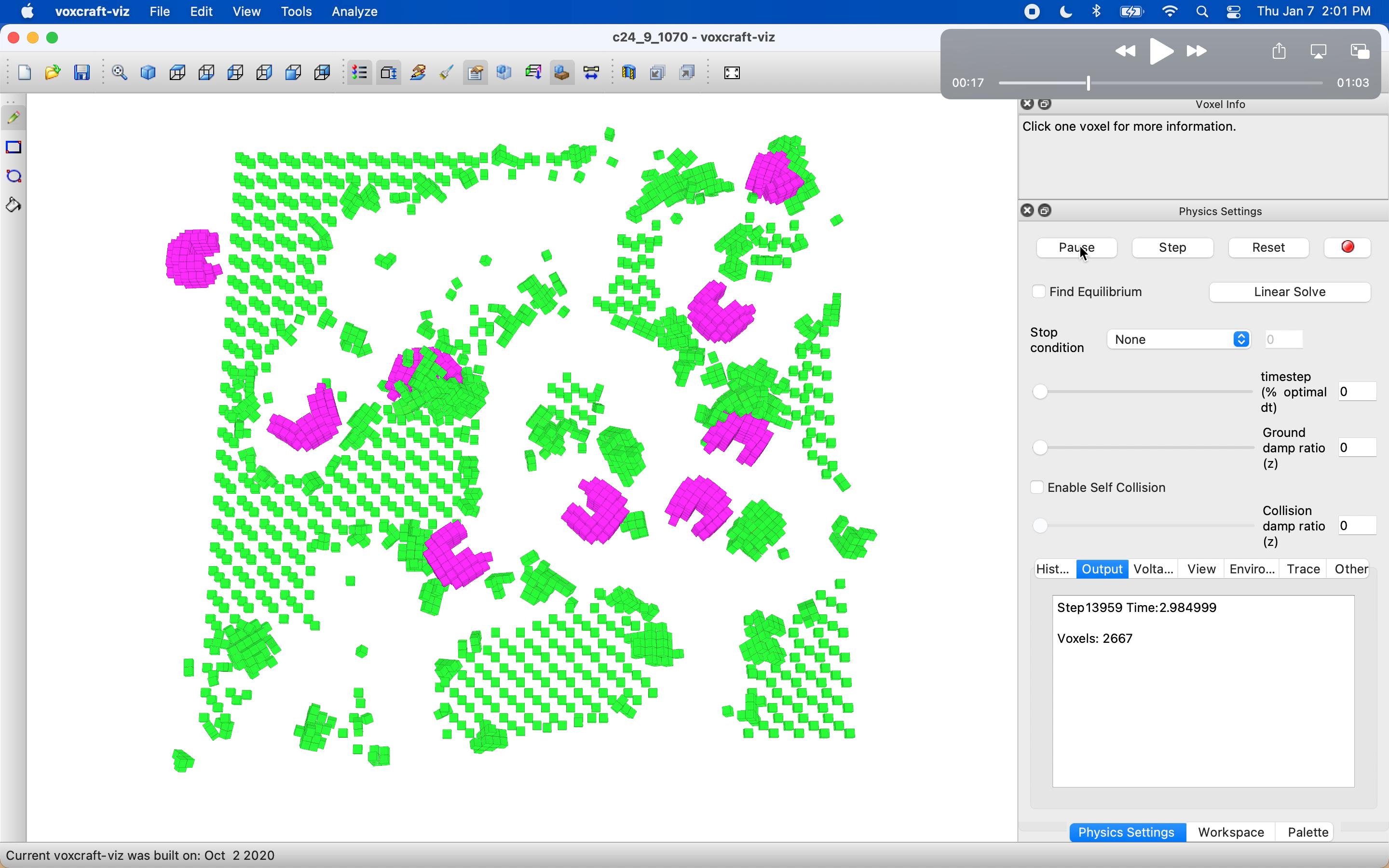
AI proposed a few variants of the semitorus. This shape, with its longer “arms”, resembles a piece of macaroni. A swarm of nine pink semitori parents are placed in a simulated dish amid a field of loose green adhesive stem cells (A). The parents swim around and push the loose adhesive cells together into piles (B). Then the parents and small piles are removed, and large piles are matured into swimming children (C) which are given a fresh field of adhesive cells to build piles (grandchildren). Grandchildren (D) then attempt to build great-grandchildren, and so on.
Download: A |
B |
C |
D
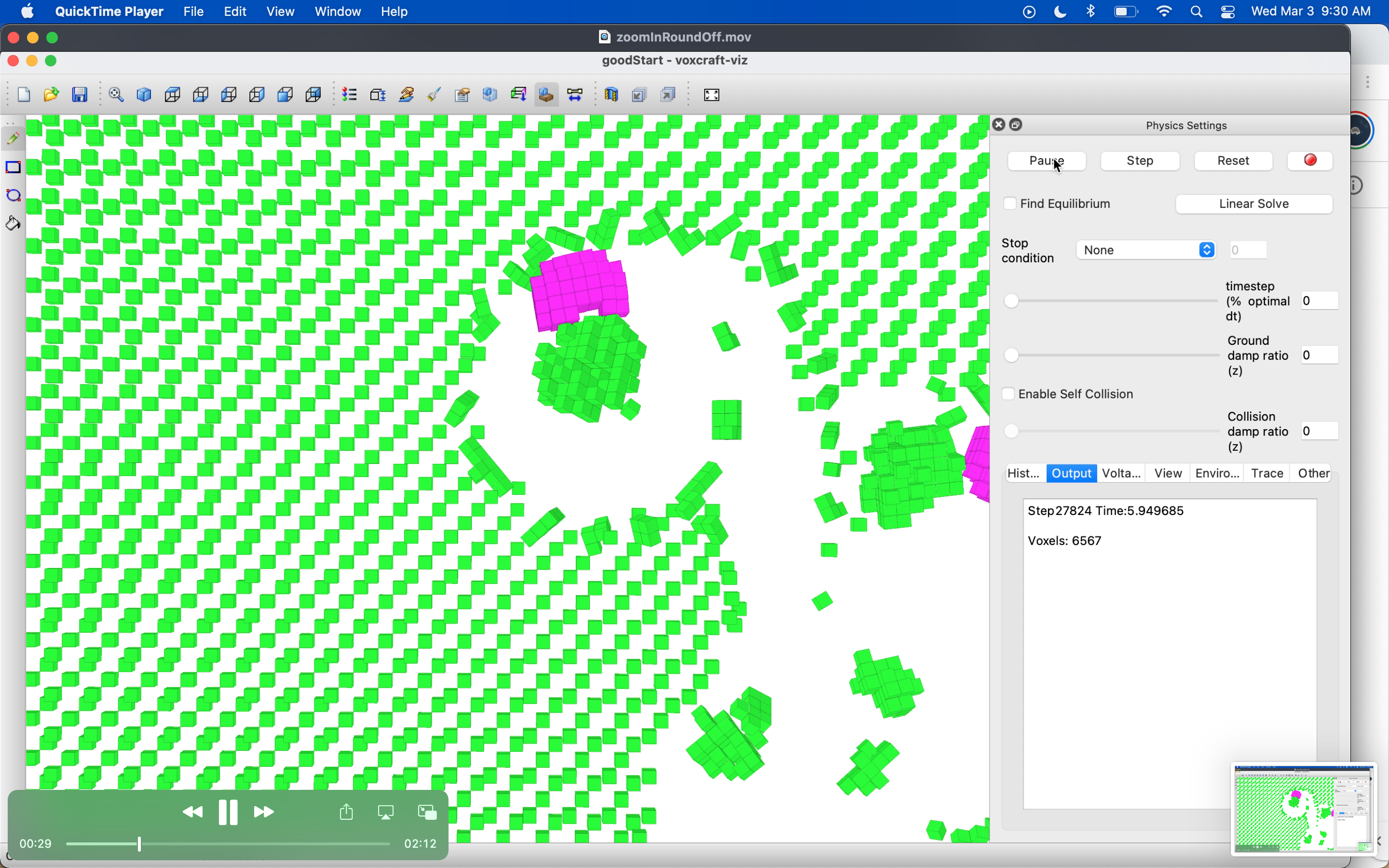
One of the designs found by AI was a semitorus (a half donut, or C shape), which replicated more often than the default spheres.
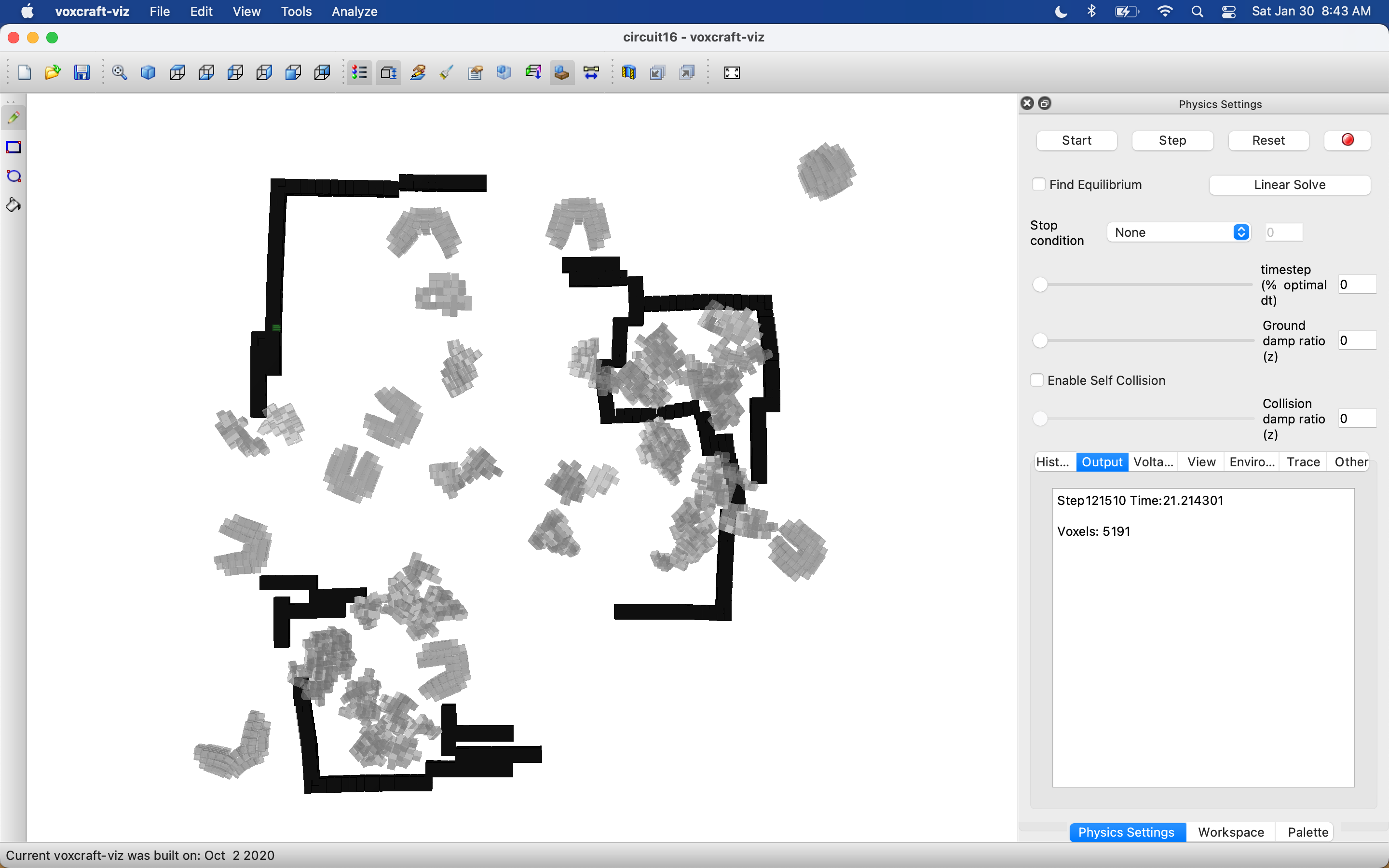
A swarm of self-replicating semitoroidal organisms (grey) was placed inside a partially-completed circuit (black). Three kinds of microelectronic components, that adhere permanently upon collision, were added to the simulation: light emitters, batteries, and wire. As a side effect of movement, organisms will randomly push together microelectronics modules present in the dish. If a light emitter connects by an unbroken circuit of wire to a battery, the light emitter switches on permanently. Dissociated stem cells (not pictured), if pushed into piles, develop into offspring (irregularly shaped gray masses) that assist in circuit building.
Download: circuit |
open |
closed |
in color